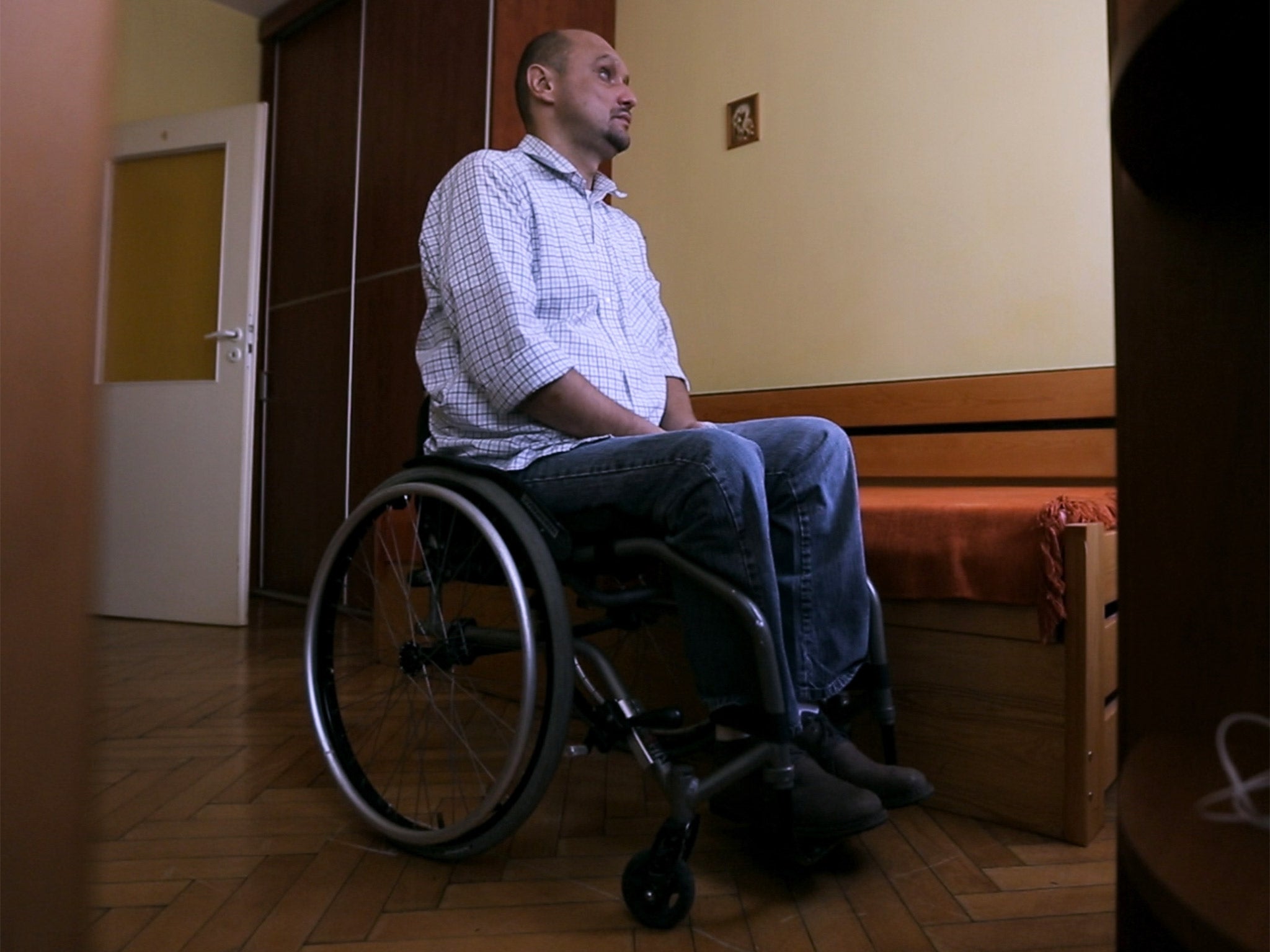Spinal cord injuries and the reality of medical 'breakthroughs'
The recovery from paralysis of a Bulgarian man has given hope to many, but, as Charlie Cooper finds out, those affected often crave less headline-grabbing improvements

Raquel Siganporia has grown used to talk of a "cure" for her condition. When she was 11, she was left paralysed after surgery to correct her curved spine went wrong. At the time, her parents were told that a corrective treatment would exist within 20 years.
That was 21 years ago.
Every time a medical breakthrough is reported in the news and scientists speak of curing the previously incurable, there are a group of people like Raquel who have to read between the lines to see if this is just another false dawn – or something of real substance.
Yesterday, global headlines announced that a paralysed Bulgarian firefighter has been able to walk again after pioneering therapy that involved transplanting regenerative cells from his nasal cavity into his spinal cord.
The British researcher behind the treatment, Professor Geoffrey Raisman of University College London, says that it represents an "historic change" in the outlook for people disabled by a spinal cord injury.
But he also urges caution, as have many other scientists. The treatment has only appeared to work in one person so far. Tests of similar techniques in animals have shown variable results, and the injury that was repaired was a clean severance of the spinal cord in one location. Many spinal cord injuries are more complex.
One commentator, Dr Simone Di Giovanni, chair in restorative neuroscience at Imperial College London, goes as far to say that "extreme caution" should be taken with the findings "in order not to elicit false expectations" among people disabled by similar conditions.
Raquel, a 33-year-old medical negligence solicitor from London, has learned over many years to keep things in perspective.
"I think it's a very small step, but a good step in the right direction," she says. "There's often a lot of talk about the 'cure' for paralysis, but when I saw this particular news I was quietly optimistic." For people living with spinal cord injuries, the most exciting aspect of the latest breakthrough was not that the Bulgarian patient had been able to walk, but that he had regained some sensation in his bladder and bowel, and recovered some sexual function, she says.
Spinal cord injuries can occur as a result of an accident such as a fall or car crash or, as in Raquel's case, due to the cutting off of the blood supply – ischemia – as a result of surgery.
Depending on the severity of the injury, they leave people unable to move and often without sensation, usually in the part of their body below the injured vertebrae.
As well as being unable to walk, many of the UK's 40,000 people living with a spinal cord injury cannot control their bladder or bowel movement and also lose sexual function.
"It's not a sexy topic to talk about bowels and bladders, but if you were to survey people with spinal cord injuries I think you'd be hard-pressed to find people who said they would want to walk, over having their bladder and bowel function restored," says Raquel.
Dan Burden, 38, from Hitchin in Hertfordshire, who broke his back in a fall while on holiday in Egypt 13 years ago and is a spokesperson for the UK's Spinal Injuries Association, agrees.
"When people are interviewed about what they would like researched and what improvements they would like to see, they would put control of the bladder, control of the bowel and sexual function, in most cases, above actually being able to stand and walk around," he says.
There is "cautious optimism" among spinal injury patients about the case of the Bulgarian patient, he says. Along with an American study in which four people with paraplegia were able to move previously paralysed muscles thanks to electronic stimulation of the spinal cord, the research represents one of the most positive developments in recent years.
"The reality is that there is a long way to go before this is a treatment that can be applied to spinal cord-injured people," Dan says. There will also be question marks about whether this treatment would work for someone who has been injured for many years.
"But they are the first studies we've seen that may well lead one day to the repair or a solution to a spinal cord injury."
Join our commenting forum
Join thought-provoking conversations, follow other Independent readers and see their replies
Comments